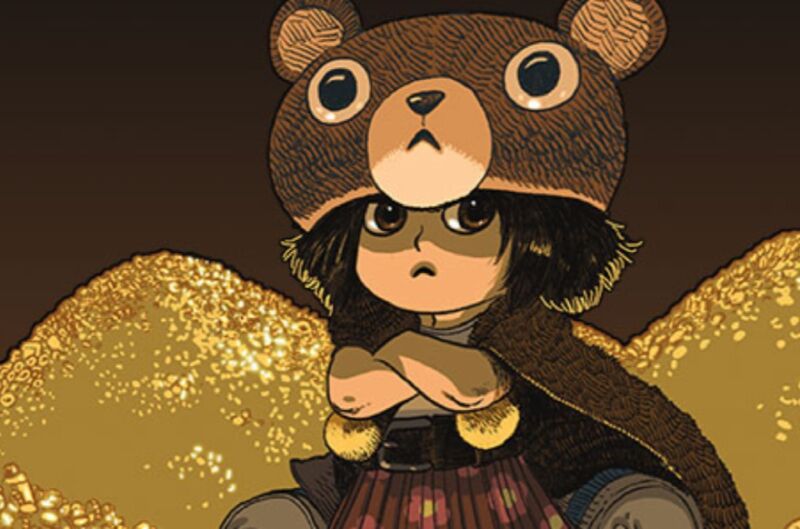“A tale of mallow-munchers and warriors” —
SMBC’s Zack Weinersmith talks about re-imagining Beowulf for his new graphic novel.
Jennifer Ouellette
–
 Bea Wolf.”>
Bea Wolf.”>Enlarge / Kids and grown-ups alike will enjoy answering “candy’s clarion call” in Bea Wolf.
Boulet/Macmillan
A rowdy group of young “mallow-munchers,” “bully-crushers,” and “bedtime breakers” must battle a fun-hating foe intent on putting an end to their untamed revels in Bea Wolf, a new graphic novel by cartoonist and writer Zach Weinersmith, with illustrations by the French cartoonist Boulet. It’s a 21st-century re-imagining of the Old English epic poem Beowulf, but unlike most prior translations aimed at adults, this one targets kids (although adults should love it, too).
Ars readers are likely already familiar with Weinersmith’s work, most notably the webcomic Saturday Morning Breakfast Cereal, still going strong after 20 years, as well as The New York Times bestseller Soonish, a popular science book co-authored with his wife, Kelly Weinersmith. While he’s known for his science-nerd credentials, Weinersmith (like me) earned his undergraduate degree in English literature. That’s where he started drawing what’s now known as “Classic SMBC.” The comic soon morphed into the single-panel version we know and love today, while Weinersmith went back to college to study physics.
It was while he was studying literature that Weinersmith fell in love with Beowulf, as well as the medieval chivalric romance Sir Gawain and the Green Knight. When he became a father, he told some of those timeless tales to his daughter, Ada. In 2015, he crowdfunded a children’s retelling of Sir Gawain called Augie and the Green Knight, and said it was because he wanted to give his daughter a book “about little girls who are smart, and scientific, and risk-taking.” Boulet created the illustrations for that book, so it was only natural for Weinersmith to ask him to also illustrate Bea Wolf.
The original epic poem Beowulf is set in Scandinavia and recounts the adventures of its titular hero. The Danish King Hrothgar’s mead hall is under attack from a monster called Grendel. Beowulf obligingly slays the beast, incurring the wrath of Grendel’s equally monstrous mother. He slays her, too, and eventually becomes king of his people, the Geats. Some 50 years after those adventures, Beowulf slays a dragon, although he is killed in the process. Scholars believe many of the characters are based on historical figures in sixth-century Scandinavia.
Bea Wolf is set in an unnamed suburb, where a group of kids build their own sanctuary from the world of adults, dubbed Treeheart. They consume mountains of candy and soda and engage in all kinds of raucous play—much to the annoyance of their grown-up neighbor, Grindle. Grindle leads a joyless existence and longs for peace and quiet. He also has a secret weapon: He can instantly turn kids into pimply adolescents and boring, responsible grown-ups. As their ranks diminish, the remaining children call on a warrior champion to help defeat Grindle: the titular Bea Wolf.
Weinersmith has successfully captured the spirit of this timeless story, weaving in generous amounts of alliteration and his version of Old English kennings, a compound figure of speech that replaces a common noun with two or more words that make for a more figurative than literal description. For example, in the original Beowulf, “sea” is described as “sail-road” (seġl-rād), while in Bea Wolf, King Carl, founder of Treeheart, is described as “oak-strong and owl-wise.” There’s even an appendix where Weinersmith provides a kid-friendly primer on the history of Beowulf, its unique language, and the various attempts to translate it for modern readers.
Ars spoke with Weinersmith to learn more.

